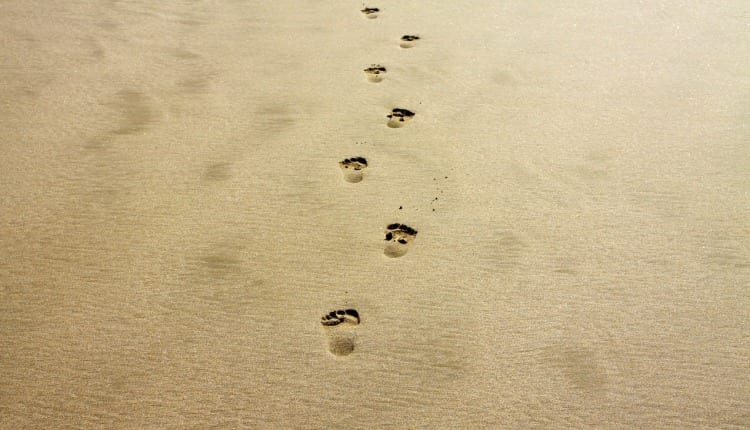By Lt Col Avadhut Deshpande (Retd)
In the early 1980s I read about a book – ‘Prisoner without a Name, Cell without a Number ‘a true story about a political prisoner Jacobo Timerman that happened in 1977 in South America. Today in the era of internet and mobile phone can anyone who has a presence (email/website/social media/mobile number) be ‘ without a Name ‘ or that in other words keep his identity safe from unintended people by covering his digital footprint.
- Advertisement -
What is a digital footprint?
The webopedia defines: On the Internet, a digital footprint is a word used to describe the trail, traces or “footprints” that people leave online. This is information transmitted online, such as forum registration, e-mails and attachments, uploading videos or digital images and any other form of transmission of information — all of which leaves traces of personal information about yourself available to others online. On the mobile also the moment you click I agree to the newly installed Apps …..You have revealed more than you wanted to.
It is a known fact that companies are very much interested in finding out what you do online. The tech giants are privy to all this huge amount of information and can create your profile for targeting with offers -worst is impose an opinion on you that this product is the best for you or this candidate is the perfect fit for the vote.
So is all this achieved, We need to be aware of a small file called tracking pixel (https://en.wikipedia.org/wiki/Web_beacon) .whenever we visit a website or open an email – the tracking pixel facilitates the tracking of user behavior. This helps a sender (company sales ) check on when did you open the email they sent and also the time taken to read it (means did it interest you) and also the number of times you referred to the email. The modus operandi of the sender is to insert say image file into the email, making full use of basic HTML technology. The inserted code sends back data to the sender’s server with basic information like your location (IP address ) and when/how many times it was opened. This helps the tech giants to build your profile based on some data crunching algorithms.
- Advertisement -
So when you interact online you leave a digital trail and scrupulous elements can create your dossier just by social engineering. This is further made easy by using a weak or obvious password for your various accounts. The social media reveals the date of birth, spouse, relatives, job details, where are you now and social engineering may let others access your email account. What can my personal email account reveal, to name a few – what you purchased online , the delivery of the shipment with your address, your bankers, if you have shared the Income Tax returns, Form 16, PAN card and Aadhar card as an attachment with your CA or Mutual Fund / Bankers. And while most of us know we’re leaving behind a digital trail, consider how intricate that trail is and how easy it is for marketers (or hackers) to paint a data portrait based on your actions throughout the day.
The idea here is not to create panic but to realize the need to keep your digital footprint safe by adopting certain good practices so that unscrupulous nerds do not access your personal data.
Be safe online by following the below mentioned suggestions:
1. Be aware of the tracking pixel capability.
2. Social media – Use the security features available as to who can see your photo, etc.
3. After mailing your PAN card, Electricity bill copy to the intended recipient delete the attachment from the sent mail folder.
4. Password should be changed often and be difficult to guess, the in thing now is to use a passphrase.
5. As much as possible use the virtual keyboard to punch in the password
6. Avoid accessing your bank accounts from public Wi-Fi or cyber café
Remember: What you do online is permanent…be cautious
The views expressed in this article are personal
If you have an interesting article / experience / case study to share, please get in touch with us at [email protected]
Advertisement



